|
This tree i recently acquired had quite long primary branches, and if I tried to build ramification (branching structure) without first pruning them, the tree would become even wider and taller, which would be disproportional to the trunk width. The tree therefore was pruned back quite hard, so the ramification building process can start. In addition, unwanted branches which offer nothing to the final design were removed. The tree was then wired and styled. Although the movement of the tree was to the right, the main branch was to the left, so this was removed and the bottom left branch wired down to become the defining branch. The trunk has interest and movement but now had a few new wounds from branch removal, and some old scars where the heartwood had started rotting (and a scar where the wind blew my poly-tunnel bench over). The rotten deadwood was first removed with a 'bonsai nibbler' bit in a Makita die grinder, and branch some stubs and wounds were also hollowed out.
A large deadwood area above the now lowest branches was rotten to quite a depth. This area also happened to be an area of the trunk which displayed inverse taper. By hollowing it out, and opening some delicate 'windows' to the sides, the inverse taper becomes less evident to the eye, as it now has less 'visual weight'. Smaller holes were made with a smaller router bit on a Dremmel grinder, such as those towards the top of the tree. The rough carvings were then singed to remove fluffy bits of wood, then a rotary wire brush bit in a Dremmel was used to add the finer detail. The inside of the uros (hollows) were then painted with black paint to add depth to the work. The tree's great movement is more evident, with the main defining branch setting the flow of direction of the tree. From the front view, the subtle indications of rotten hollows further adds to the intrigue and maturity of the tree. The height of the tree will be reduced further either in mid-summer, or next autumn/winter.
2 Comments
Bryan Carrick
29/1/2015 11:56:36 am
Good work there Alex. Shame about the inverse taper but I think the good points outweigh the bad one...time will tell? As i keep saying to the club members out here "you can only work with what you got, good or bad" :-). Bryan
Reply
Alex Rudd
30/1/2015 02:17:55 am
Thanks Bryan. The inverse taper is a shame. There are also some quite large curved surface roots which will need attention at some time, but I think it's had enough work for a while, so I'll start working on them in a year or so. A gentle re-pot in spring is needed as its in 'mud', not wired in, and I've not yet seen the rootball.
Reply
Leave a Reply. |
To subscribe to my blog, please enter your e-mail address below.
Categories
All
BlogsI will post some pictures and descriptions of how my trees are developing, and any new projects I'm starting. Archives
October 2018
BlogsSome of the blogs I follow with great interest! .. then my favourite ceramic artists!
Bonsai BlogsMy Favourite Ceramic ArtistsUK
P.A.S. Pottery
Erin Pottery
John Pitt
Europe
Jose Antonio Guerao
|
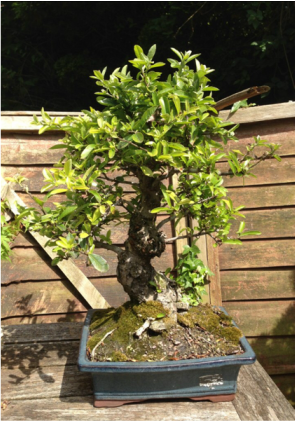
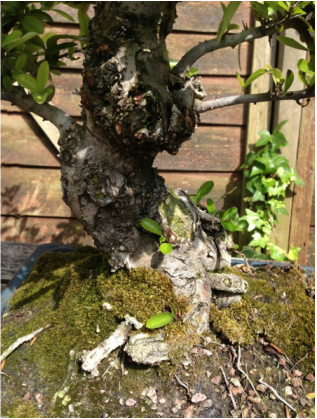
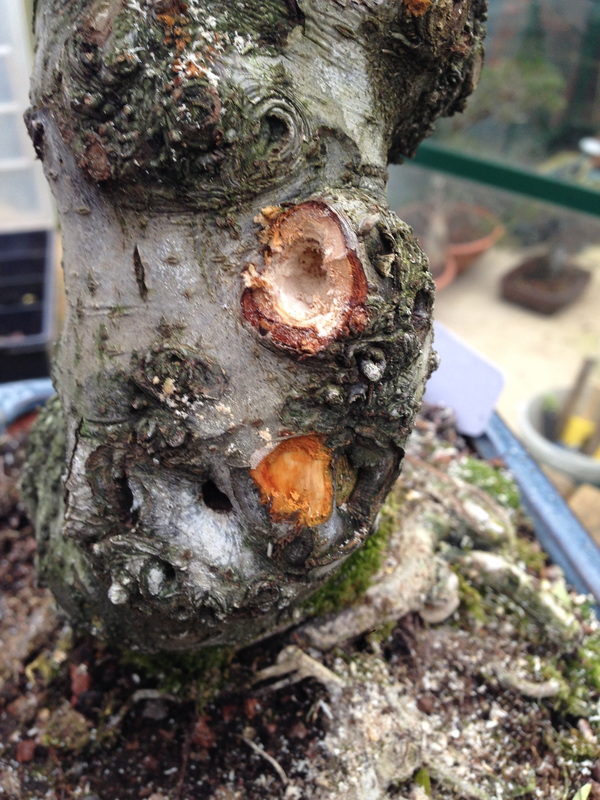
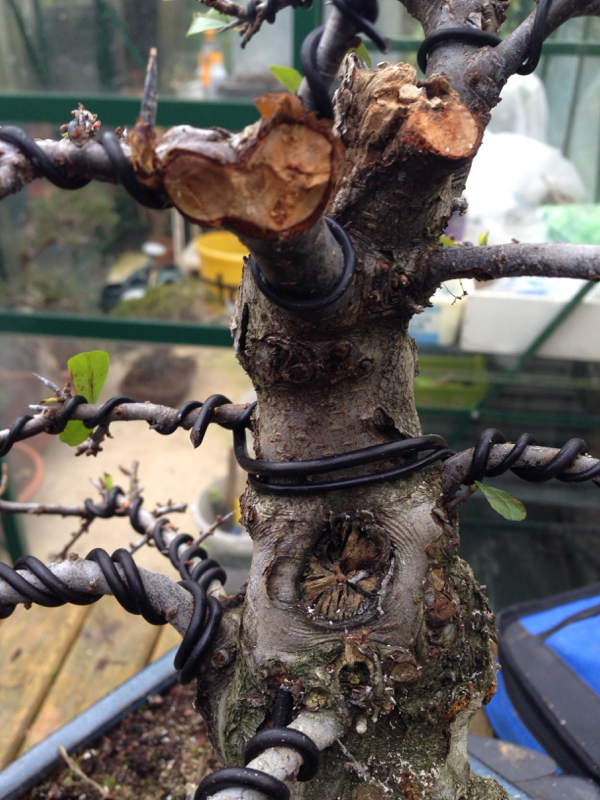
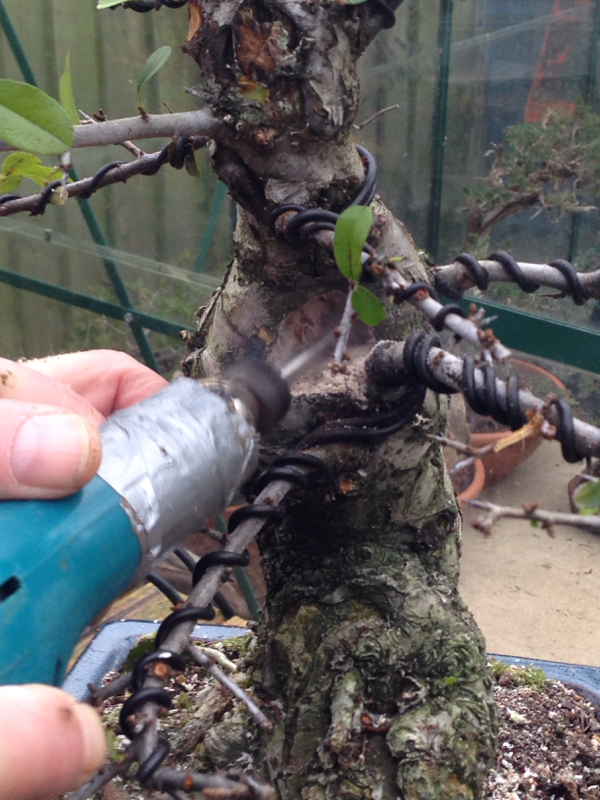
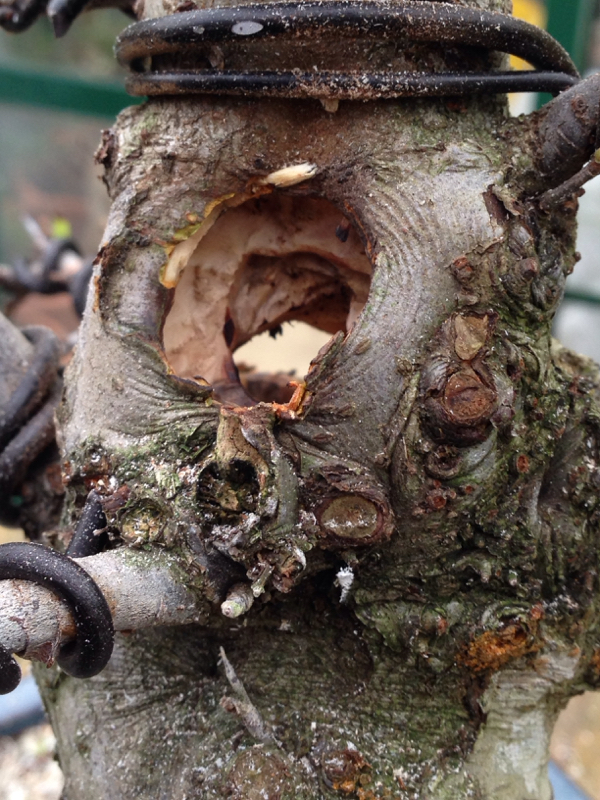
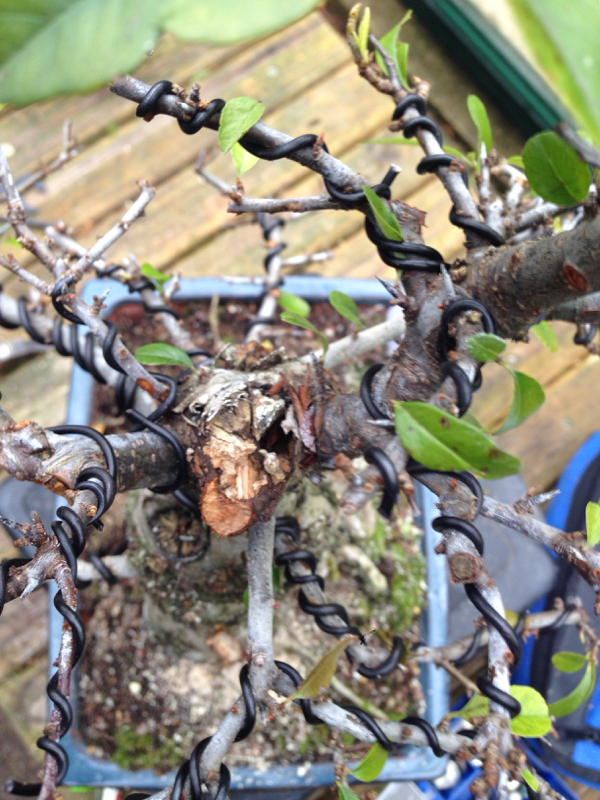
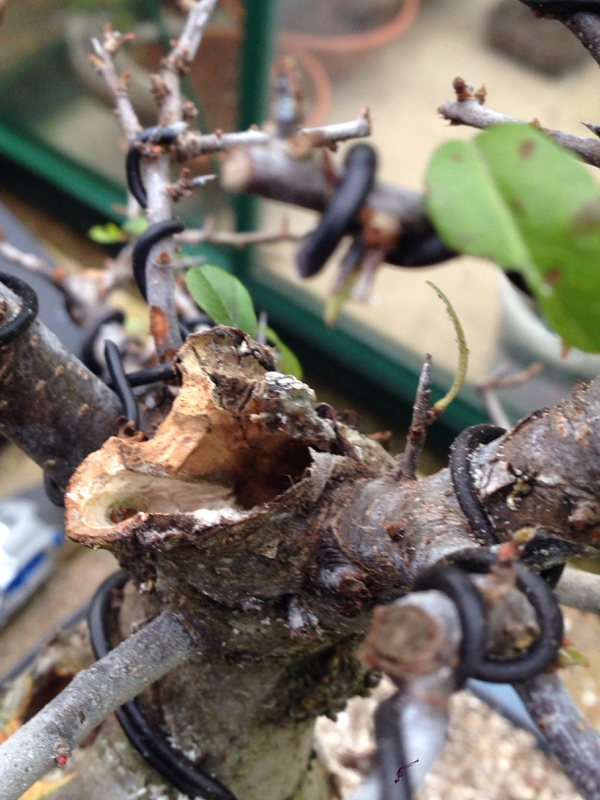
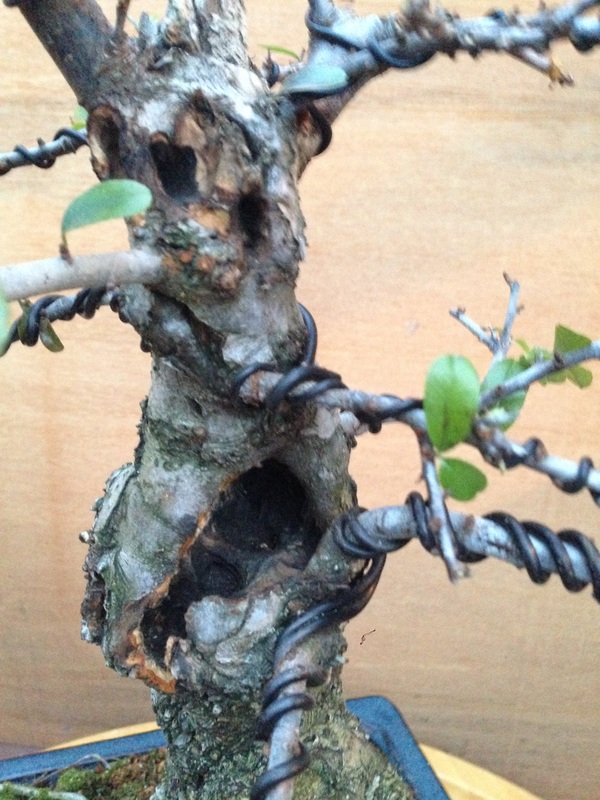
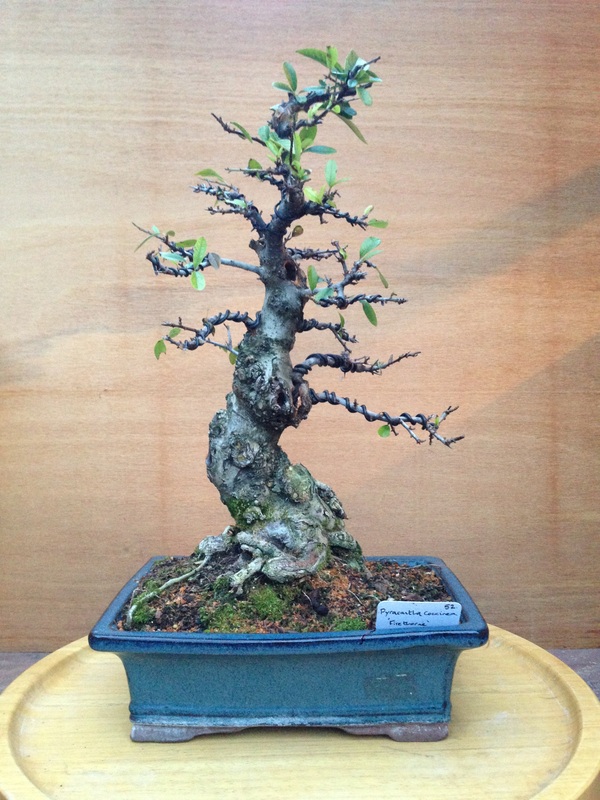
 RSS Feed
RSS Feed